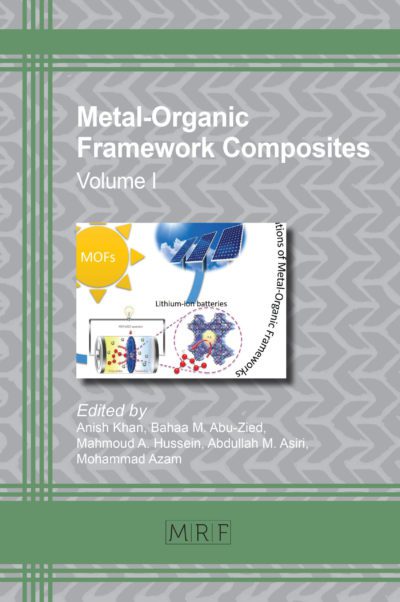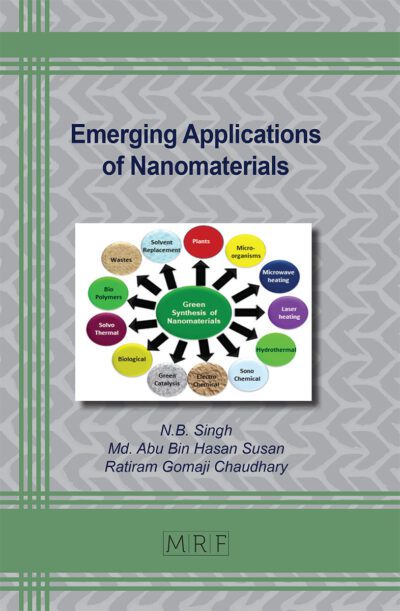Analysis of mechanical properties of stainless steel small diameter cold drawn wires
VAISSETTE Julien, MABRU Catherine, PAREDES Manuel
download PDFAbstract. Wire suppliers commonly only commit to the chemical composition and minimum mechanical resistance of their wires in their material certificates. Unfortunately, the cold drawing process induces residual stresses that potentially have a strong impact on the overall behavior of the wire. An explanation of the difference between the industrial ‘tensile modulus’ and ‘flexural modulus’ whereas the material has a unique ‘Young Modulus’ is proposed by mean of FEA and experimental tests. Moreover, in order to better estimate the complex material state of small wires (with a diameter smaller than one millimeter) a novel experimental approach has been developed to estimate the residual stress.
Keywords
Residual Stress, Cold Drawing, Characterization, Small Diameter Wire
Published online 4/24/2024, 9 pages
Copyright © 2024 by the author(s)
Published under license by Materials Research Forum LLC., Millersville PA, USA
Citation: VAISSETTE Julien, MABRU Catherine, PAREDES Manuel, Analysis of mechanical properties of stainless steel small diameter cold drawn wires, Materials Research Proceedings, Vol. 41, pp 706-714, 2024
DOI: https://doi.org/10.21741/9781644903131-78
The article was published as article 78 of the book Material Forming
![]() Content from this work may be used under the terms of the Creative Commons Attribution 3.0 license. Any further distribution of this work must maintain attribution to the author(s) and the title of the work, journal citation and DOI.
Content from this work may be used under the terms of the Creative Commons Attribution 3.0 license. Any further distribution of this work must maintain attribution to the author(s) and the title of the work, journal citation and DOI.
References
[1] T.-I. Lee, C. Kim, M. S. Kim, T.-S. Kim, Flexural and tensile moduli of flexible FR4 substrates, Polym. Test., 53 (2016) 70 76. https://doi.org/10.1016/j.polymertesting.2016.05.012
[2] J. Atienza, J. Ruiz-Hervias, M. Elices, The Role of Residual Stresses in the Performance and Durability of Prestressing Steel Wires, Exp. Mech., 52, (2012) 881-893. https://doi.org/10.1007/s11340-012-9597-1
[3] S.-K. Lee, H. H., K. M., B. M., Influence of Process Parameters on Residual Stress and Reducing Residual Stress in Drawn Wire, Trans. Mater. Process.,14 (2005) 704-711. https://doi.org/10.5228/KSPP.2005.14.8.704
[4] J. M. Atienza, J. Ruiz-Hervías, M. Martinez-Perez, F. Mompeán, M. García-Hernández, M. Elices, Residual stresses in cold drawn pearlitic rods, 52-4 (2005) 305-309. https://doi.org/10.1016/J.SCRIPTAMAT.2004.10.010
[5] G. Montay, O. Sicot, A. Maras, et al. Two Dimensions Residual Stresses Analysis Through Incremental Groove Machining Combined with Electronic Speckle Pattern Interferometry. Exp Mech 49 (2009) 459–469. https://doi.org/10.1007/s11340-008-9151-3
[6] A. P. Parker, A critical examination of Sachs’ material-removal method for determination of residual stress, J. of Pressure Vessel Technology, 126 (2004) 234-236. https://doi.org/10.1115/1.1689357
[7] W. M. Stobbs, S. Paetke, The Bauschinger effect in cold drawn patented wire, Acta Metall., 33- 5 (1985) 777-783. https://doi.org/10.1016/0001-6160(85)90101-4
[8] Julien Vaïssette, Manuel Paredes, Catherine Mabru, A residual stress characterization method by matter removal of a small diameter wire, 11th International Conference on Residual Stresses – Nancy – France – 27-30th March 2022
[9] X. Han, Z. Jin, Q. Mu, L. Niu, P. Zhou, Internal stress and deformation analysis of ultra-thin plate-shaped optical parts in thinning process, Opt. Express, 27-19 (2019) 27202 27214. https://doi.org/10.1364/OE.27.027202














